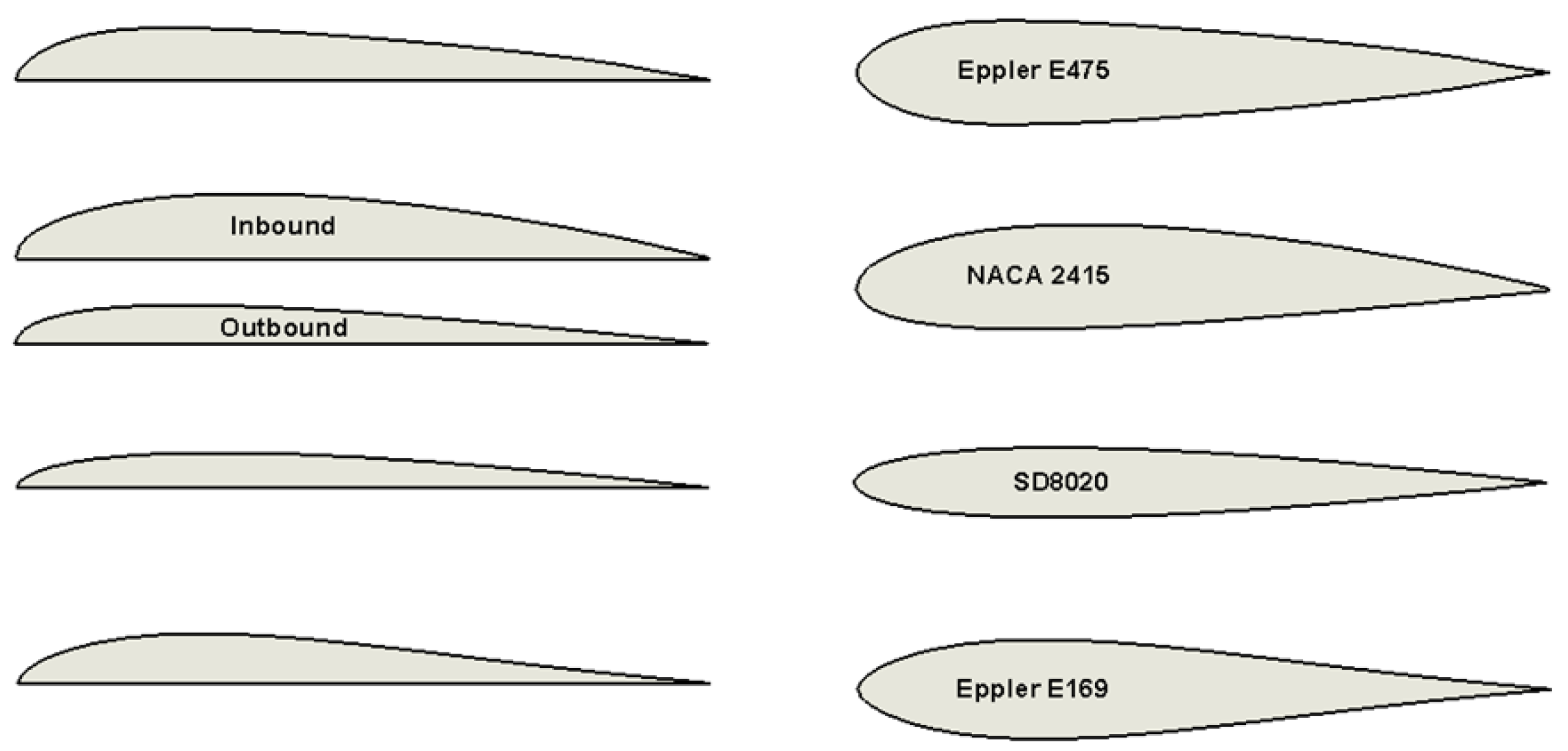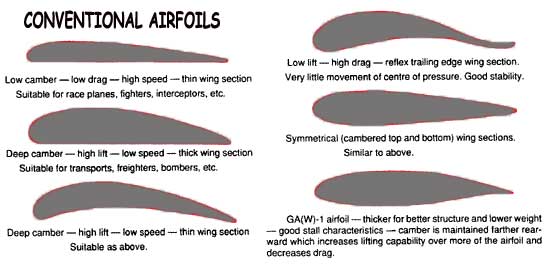

A wing that exhibited low drag at the lower angles of attack in thin air was desired.īasically, the Corsair design team knew they had the biggest, strongest, most powerful engine available in that day (the Pratt and Whitney 2800 Double-Wasp, twin row, 18-cylinder engine), so they had to extract as much speed a possible from that engine. In this article it is clear that the F4U Corsair design team wanted speed. There’s an interesting article which illustrates the focus of the design team for the F4U Corsair just prior to WWII. The other flight characteristic that was desired in the airplanes listed above is speed. But, there are no nasty stall characteristics prior to the spin and the airflow will reattach quickly from a stall once the yoke is pushed forward.

We’ve proven time and again with horrible and fatal crashes that the PA46 will stall and spin if pro-spin flight inputs are held into the stall. I bet I’ve conducted more than a thousands stalls in the PA46, and not once have I noticed a nasty characteristic once the pro-stall flight control inputs were stopped. The stall characteristics of the PA46 are exemplary. The PA46 is not a hard airplane to fly, and the good slow-speed characteristics of the wing helps give it the flight qualities we’ve grown to love.

Piper knew that the PA46 might be flown by ham-fisted novices, the totally inexperienced, and those who “didn’t know what they didn’t know.” Any good GA airplane must be able to be flown by someone other than Chuck Yeager. Piper also wanted the solid slow-speed flight characteristics in the PA46. Slow-speed flight is critical for any aircraft approaching an aircraft carrier, but it is also important for a GA pilot. When flying slow and approaching an aircraft carrier and the associated arresting system, a pilot cannot experience a severe wing-drop, loss of control, or other nasty stall responses. Most of the aircraft listed above are carrier-based airplanes that demanded good slow-speed flight characteristics. In order to understand why those early airplane designers chose this wing, we’ll have to talk about stall characteristics and speed. The wing of the PA46 is a true work of art, and is the secret to why the PA46 is a a great airplane. Here’s a link to information on this wing design: The actual wing type in a PA46 is NACA 23015 (at the root) and a NACA 23009 (at the tip). In case you want to nerd out on nit-noid information, here’s a website that includes the wing design for many of the airplanes built: That’s an impressive list of airplanes! Think about the performance of those airplanes and you’ll know that the PA46 is in really good company in terms of wing design. VL Myrsky (Finnish WWII fighter…rare aircraft, but worth the look-up) Vought F4U Corsair (yes, the one from WWII that has the “gull wing”) Globe Swift (really good-looking GA tailwheel airplane) Vought V-310 OS2U Kingfisher (Catapault-launched floatplane)įocke-Wulf Fw190 (German fighter early in WWII)

Vought 2B2U Vindicator (Dive bomber from WWII) Meyers 145 (Fast, unpressurized GA airplane) P-38 Lightning (The multi-engine fighter from WWII) It can be found on a whole host of really cool (and really old) airplanes such as: The wing on the PA46 is actually a very old-style airfoil that is known to be a fabulous airfoil for performance, but is a bit tough to build since there’s no parts that are duplicated (the wing tapers from root to tip, so no parts are the same). They didn’t so much design the wing type, but they decided upon the type of airfoil they wanted, and then designed the structure to support this airfoil in this installation. You might think this wing was a new-fangled idea from Piper’s R&D department, but that is not so. It is a gorgeous wing, and truly the secret to the incredible performance of the PA46. Stand by the wing of your PA46 and just gather in the view.


 0 kommentar(er)
0 kommentar(er)
